
Carl Sagan was a renowned American astronomer who is best known for his show, Cosmos: a personal voyage. Sagan, an expert in the field of exobiology, persuaded NASA for Mars missions and to search for exoplanets with signs of life.
When asked about his religious belief, Carl Sagan did not assertively pick a side. He did not know for sure if there was a God. Carl was also uncomfortable about being labeled an atheist. That is why, Sagan claimed to be agnostic—to not hold any belief about God's existence.
In an interview, Carl Sagan described his unique idea of God, as a set of physical laws that govern the universe, which is the same as what Albert Einstein also believed.
However, Carl Sagan was an open critic of blind belief. At one point, Sagan also believed that religion or God was unnecessary in modern day society.
"Where did God come from?" Carl Sagan asks believers. "If we say that God always existed, why not save a step, and conclude that the Universe always existed?" Carl argues.
Carl Sagan adds that science has enlarged our picture of the universe. In some respects, science has far surpassed religion in delivering awe. "The Universe is much bigger than our prophets said, grander, more subtle, more elegant", Sagan wrote in the book Pale blue dot.
Carl Sagan also criticized the idea of perfection - that God is perfect. He wrote in the book Contact - "Why didn't God start the universe out in the first place so it would come out the way he wants? Why's he constantly repairing and complaining? God is not good at design or execution".
Despite writing extensively not in favor of religion, Carl Sagan never described himself as an atheist, as boldly as contemporaries like Richard Feynman did. Carl Sagan was an agnostic because according to him: "Extraordinary claims require extraordinary evidence."
 |
| Richard Feynman was an atheist |
"To be certain of the existence of God and to be certain of the nonexistence of God seem to me to be the confident extremes in a subject so riddled with doubt and uncertainty as to inspire very little confidence indeed". Carl Sagan adds.
On the other hand, Feynman had said: I call myself an atheist. Agnostic for me would be trying to weasel out and sound a little nicer than I am about this.







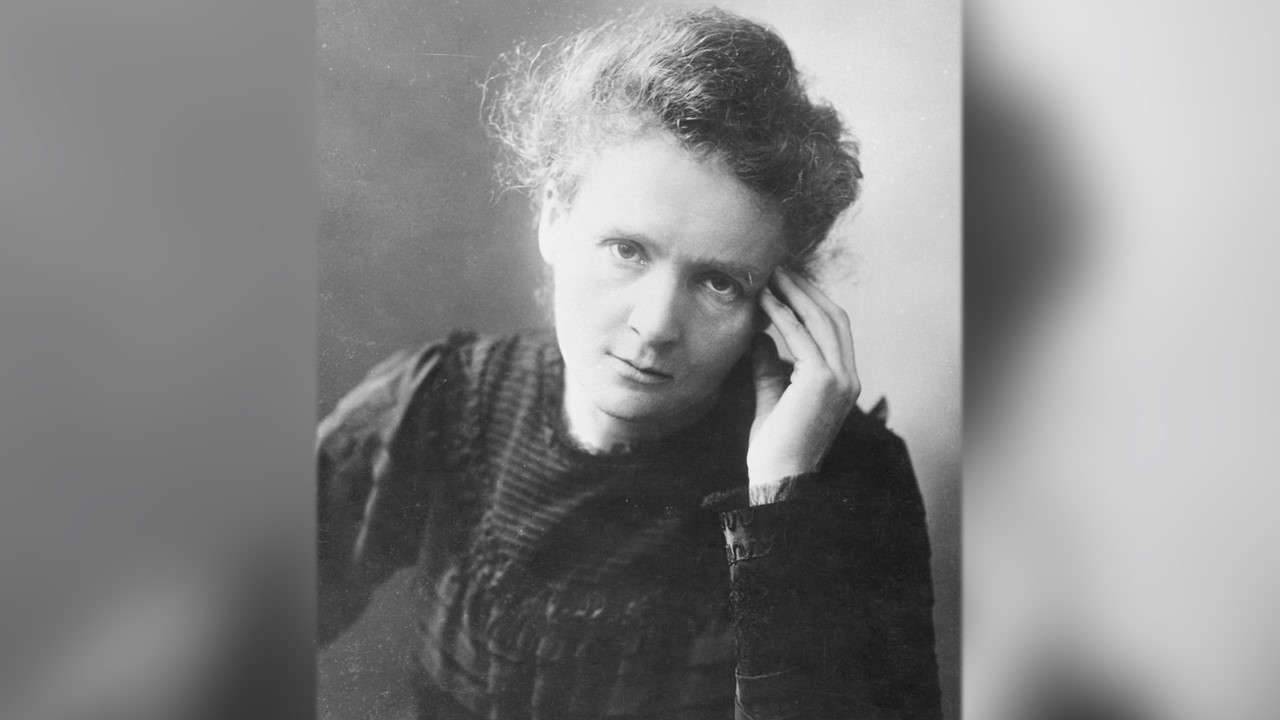


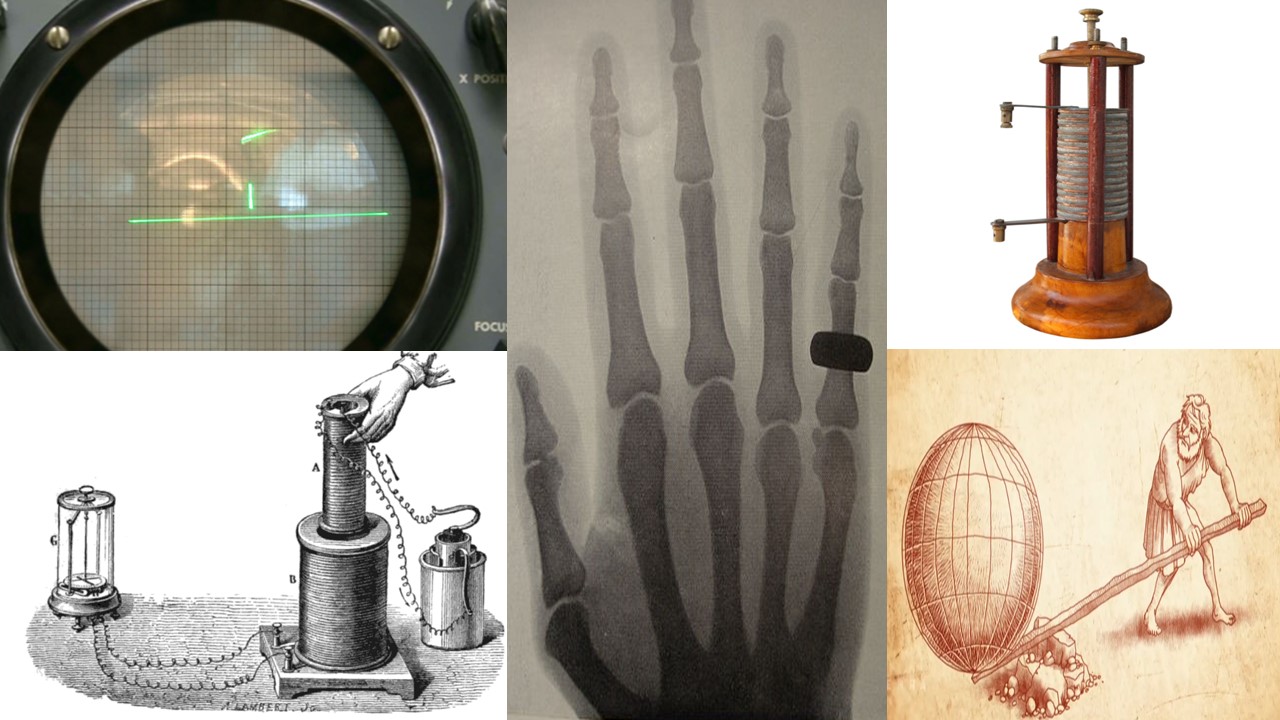



-01.jpeg)
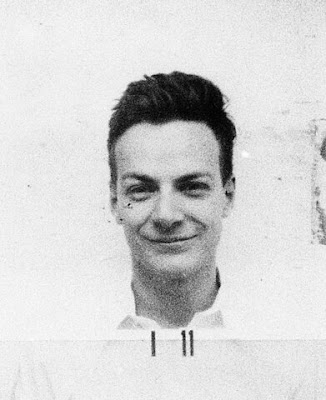



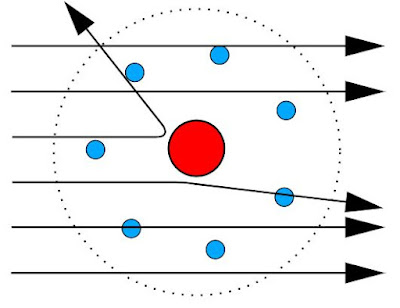
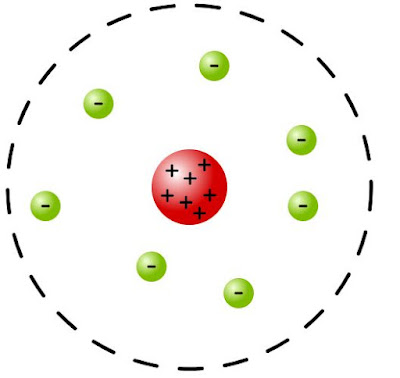
 Physics, astronomy and science history blog for students
Physics, astronomy and science history blog for students